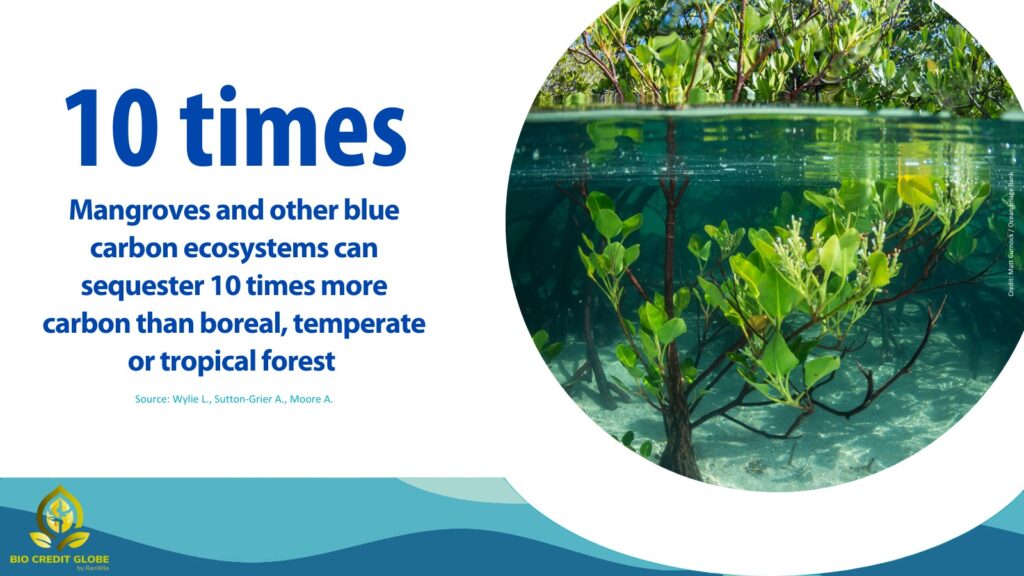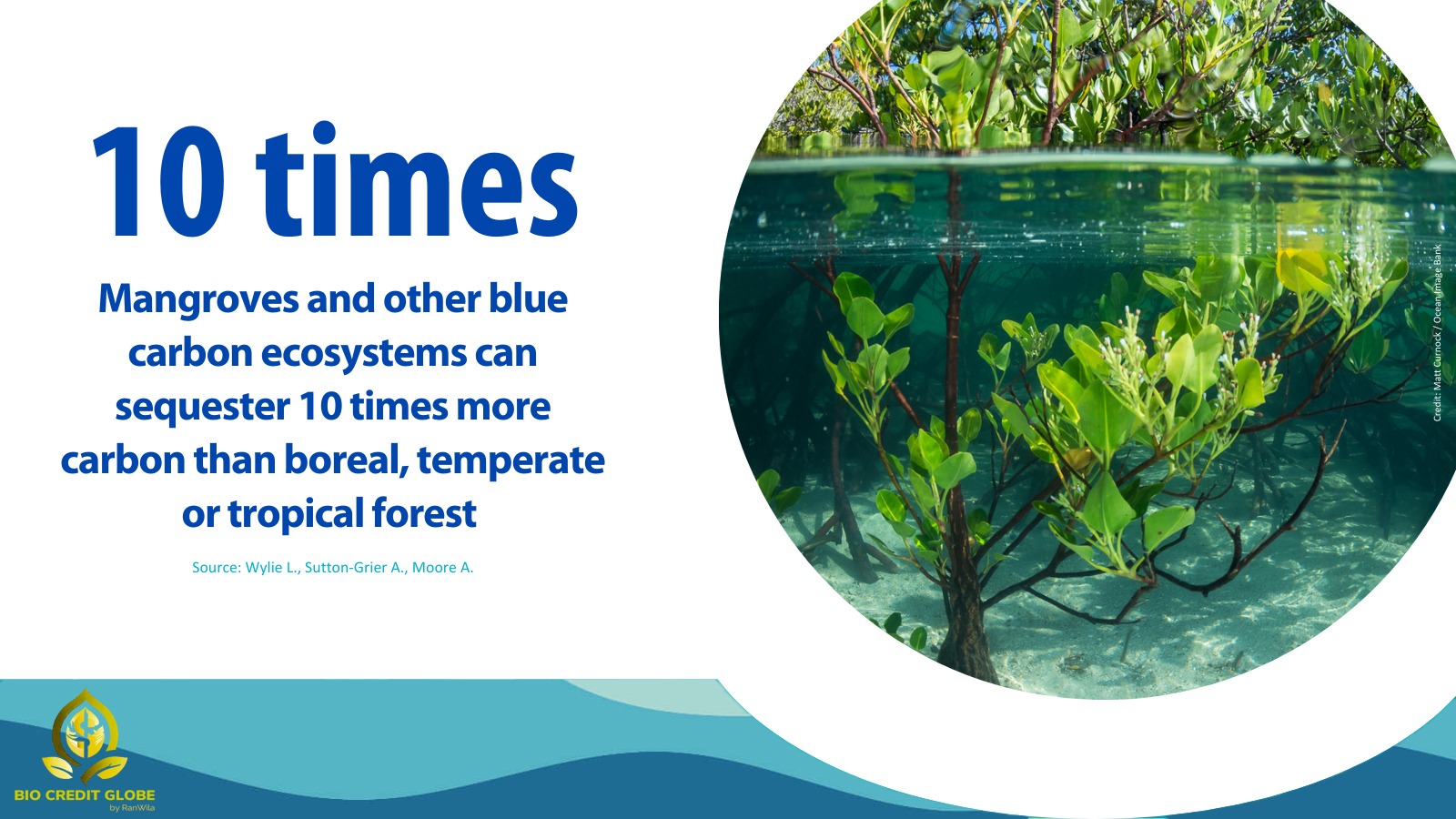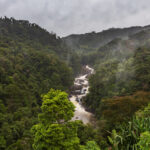Blue carbon offsetting refers to the practice of conserving and restoring blue carbon ecosystems, such as mangroves, tidal marshes, and seagrass meadows, to help mitigate climate change. These ecosystems play a crucial role in storing large quantities of carbon in both their plants and the sediment below, helping to remove carbon dioxide from the atmosphere through photosynthesis and store carbon for long periods of time.
It is estimated that blue carbon ecosystems store an estimated 20-30% of the carbon stored in all
terrestrial ecosystems, with mangroves alone storing an estimated 10-11%. Despite their significance, these ecosystems are under threat from a variety of factors, including development, pollution, and climate change. The loss of blue carbon ecosystems releases carbon dioxide back into the atmosphere, contributing to climate change and further exacerbating the issue.

Conserving and restoring blue carbon ecosystems is a cost-effective way to mitigate climate change while also providing a range of other benefits. These benefits include coastal protection, fish and wildlife habitat, water quality improvement, recreation and tourism, and economic opportunities. Coastal protection is especially important, as these ecosystems play a vital role in reducing erosion and protecting coastlines from flooding and other disturbances.
There are several actions that can be taken to protect blue carbon ecosystems, including conserving existing ecosystems, restoring degraded ecosystems, reducing pollution, managing coastal development, and educating the public about their importance. By taking these steps, we can help to protect these valuable ecosystems and mitigate climate change while also reaping a wide range of benefits for both people and the planet.
One way to support the conservation and restoration of blue carbon ecosystems is through blue carbon offsetting. Blue carbon offsetting allows individuals and organizations to offset their carbon emissions by supporting the conservation and restoration of blue carbon ecosystems. This can be done through a variety of mechanisms, such as carbon credits or direct investments in conservation projects.
Blue carbon offsetting is a powerful tool in the fight against climate change, as it helps to mitigate the
effects of carbon emissions while also providing a range of other benefits. By supporting the
conservation and restoration of blue carbon ecosystems, we can help to protect coastal communities, improve the health of our planet, and build a more sustainable future for all.


